Search
In recent years, many schools sports stands, shopping malls and factory facades in the construction of buildings, began to choose the combination of steel and membrane material, compared with the traditional building, membrane structure of the building is more beautiful, and has many advantages in performance. However, as for the wind resistance of membrane structure, I believe that people in strong wind areas and coastal areas will be concerned about this problem. In fact, the membrane structure has superior wind resistance, which can be seen through the following sets of test experiments.
1. Determination of pulsating wind pressure system
The displacement of membrane structure under load is relatively large, and the change of structural displacement will have an impact on the surrounding wind field. Therefore, the corresponding process of wind dynamics of membrane structure is a fluid-solid process. It is necessary to use aeroelastic model to test this dynamic process, but it is still in the test stage.
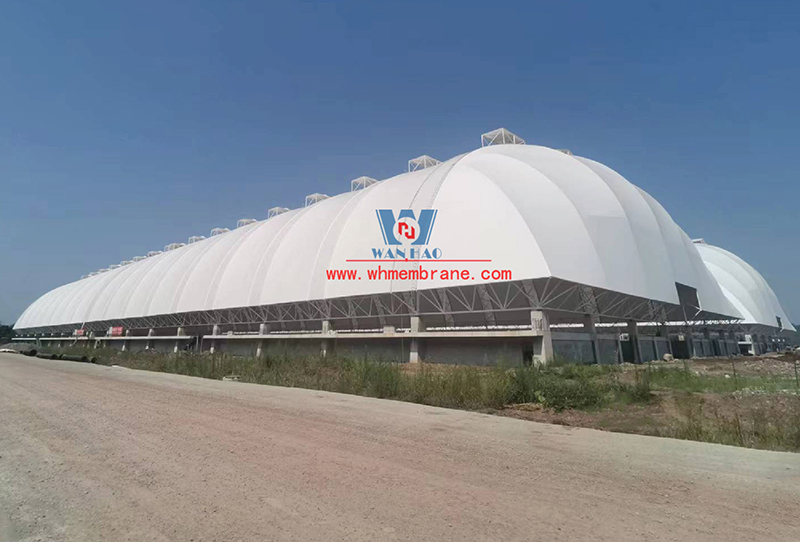
2. Determination of type coefficient of static wind pressure
The shape coefficient of wind load is an important parameter that means that the wind pressure is not uniform on the structure. The shape coefficient of general structure can be found from the load specification, but the shape of membrane structure is different, so it can not be directly obtained from the load specification. Therefore, relatively large membrane structures are basically required to conduct wind tunnel tests, so as to obtain more accurate local wind pressure coefficient and average wind carrier type coefficient of membrane structures.
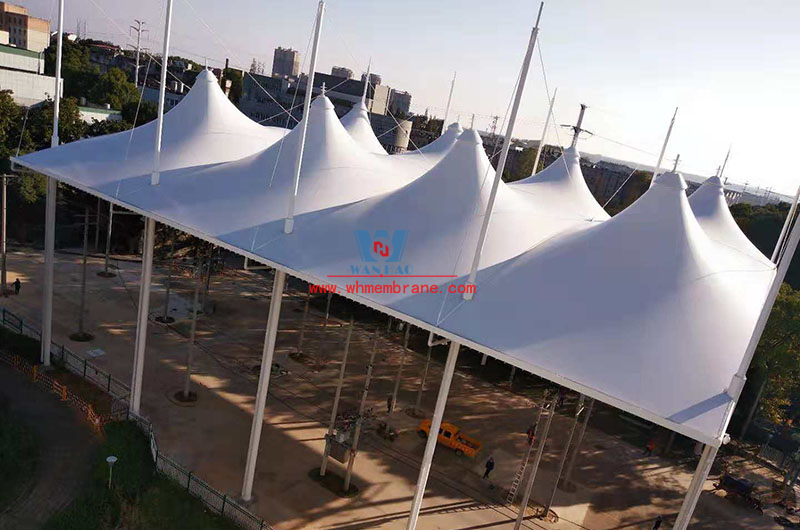
3. Wind vibration dynamic analysis
Wind can be divided into two parts: average wind and pulsating wind. The average wind has a long period, and the action nature of low structure is equivalent to that of decision makers. The period of pulsating wind is relatively short, and the effect of structure is dynamic.
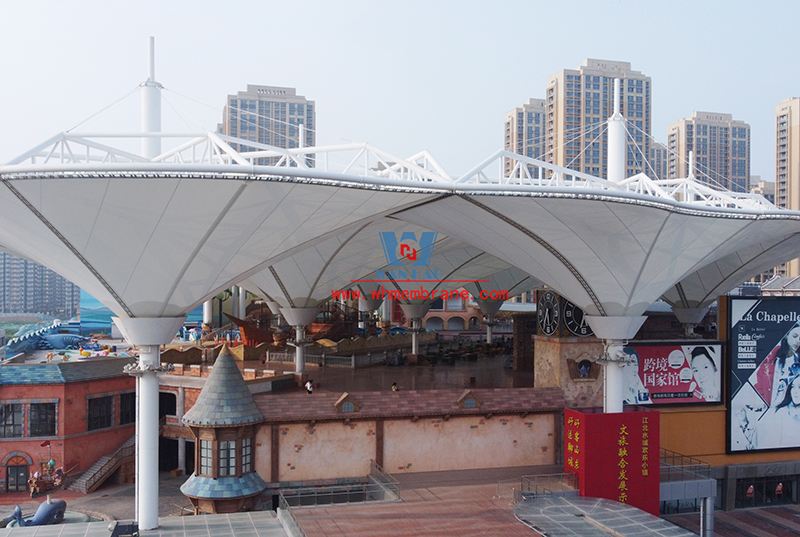
4. Aerodynamic instability
Membrane structure is wind sensitive structure, and there is the problem of aerodynamic instability. In essence, the structure's aerodynamic instability is due to the structure's absorption of energy in the vibration coupling with the air flow during the process of vibration. When the absorbed energy is greater than the dissipated energy, there will be energy accumulation. When this energy accumulation reaches a certain value, the structure will change from a low-energy vibration form to a high-energy vibration form.
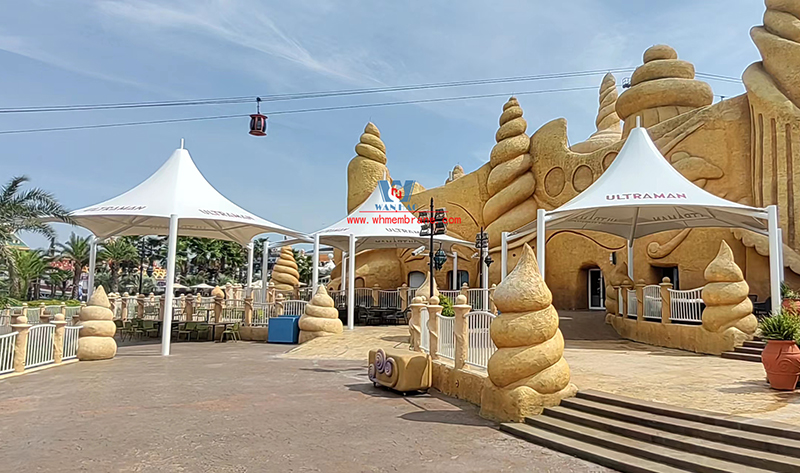
The load of a building is closely related to its shape. Wanhao designers give priority to smooth curved structure with low wind resistance and effective wind load reduction when designing membrane buildings. In the selection of membrane material will also fully consider its tear resistance, tensile strength, so that membrane building has strong wind resistance. Membrane structure design is mainly divided into four parts: composition and classification of membrane material, shape determination of membrane structure, load analysis of membrane structure, cutting analysis of membrane structure.
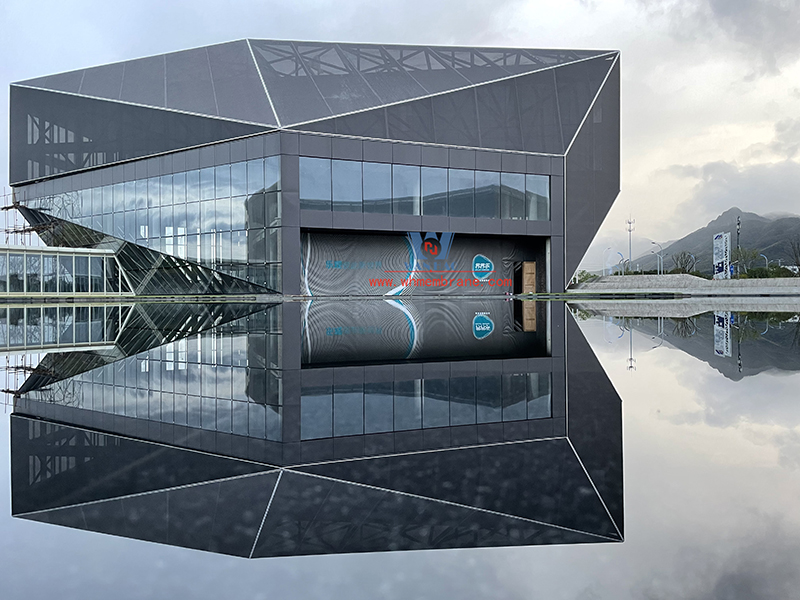
From creative design to floor construction, there are many factors to consider in the perfect forming of membrane architecture. Difficulties and pain points will also change due to differences in geographical environment and architectural requirements. Wanhao team always adheres to the mission statement of providing customers with high efficiency, high quality and value service, and creates beautiful buildings with high requirements, high quality and high efficiency industry standards.
Copyright © Zhejiang Wanhao Group Co., Ltd. All Rights Reserved.
Sitemap | Technical Support 